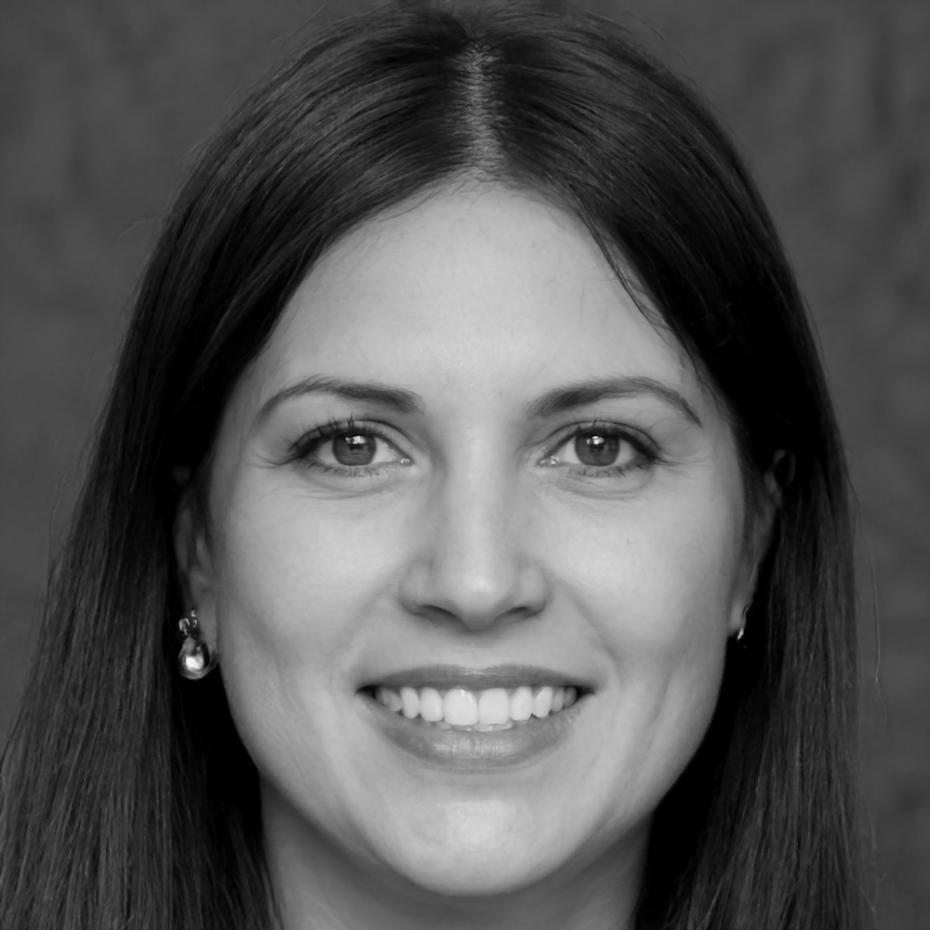Behind Every Analysis Lives a Story
We started in a cramped office in Goyang back in 2019 with three analysts and a stubborn belief that financial modeling could be less theoretical and more practical. Six years later, we're still figuring things out.
Where This Actually Began
The truth is we didn't set out to revolutionize anything. Mira had just left a large financial firm where she spent months building models that executives never quite understood. Frustrated but not defeated, she rented the smallest commercial space she could find and started offering what she called "financial analysis that makes sense to regular humans."
The first clients were small manufacturing companies around Gyeonggi-do who needed help understanding their cash flow patterns. Nothing glamorous. We'd sit with business owners for hours, translating accounting jargon into plain observations about their operations.
By late 2021, we'd worked with 47 companies. Not huge numbers, but each engagement taught us something different about how businesses actually use financial information.
What grew from those early days wasn't a grand strategy but a gradual realization that most companies don't need complex algorithms. They need someone who can spot patterns in their data and explain what those patterns mean for next quarter.

How We Think About This Work
Over the years, we've developed some opinions about what makes financial analysis useful versus just impressive-looking. These guide how we approach each project.
Context Over Numbers
A ratio means nothing without understanding the business behind it. We spend time learning how companies actually operate before we start calculating anything.
Honest Limitations
Financial models predict the future, which means they're often wrong. We're upfront about uncertainty and help clients plan for multiple scenarios instead of pretending we have all the answers.
Plain Language
If we can't explain our findings without industry jargon, we probably don't understand them well enough ourselves. Clarity is part of the service.

Mira Chen
Lead Analyst & Founder"The best part of this job is when a client calls six months after our engagement and tells us they finally understand their balance sheet. That's the moment when all the spreadsheet work feels worthwhile."
What We've Learned to Do Well
Through hundreds of engagements, certain patterns emerged. These are the areas where our team has developed genuine depth, not because we planned it but because clients kept bringing us similar challenges.


How Engagements Typically Unfold
Every company is different, but we've found a general process that tends to work well. It's less about following rigid steps and more about building understanding gradually.
Here's what you can expect when working with us, though we adjust based on what we discover along the way.
Initial Conversations
We start by listening to what's keeping you up at night. Not your financial statements yet, but the actual business questions you're trying to answer. This usually takes a few meetings before we even touch a spreadsheet.
Data Discovery
Once we understand the context, we dig into your financial data, operational metrics, and market information. This phase often reveals patterns that surprise both us and our clients.
Collaborative Analysis
We don't disappear into a back room for weeks. Instead, we share findings regularly and adjust our focus based on what proves most useful to your decision-making.
Practical Application
The final deliverable isn't just a report. It's a set of tools and frameworks you can actually use, along with training for your team so they can maintain and update the analysis themselves.
What We're Working Toward
Our goal for 2025 and beyond isn't rapid expansion or becoming the biggest firm in Korea. We're focused on deepening our expertise and continuing to work with companies who value thorough analysis over quick answers.
If you're dealing with complex financial questions and want a team that will take time to understand your specific situation, we might be a good fit. We typically start new engagements in late 2025 or early 2026 to ensure we can give each project proper attention.
Start a Conversation